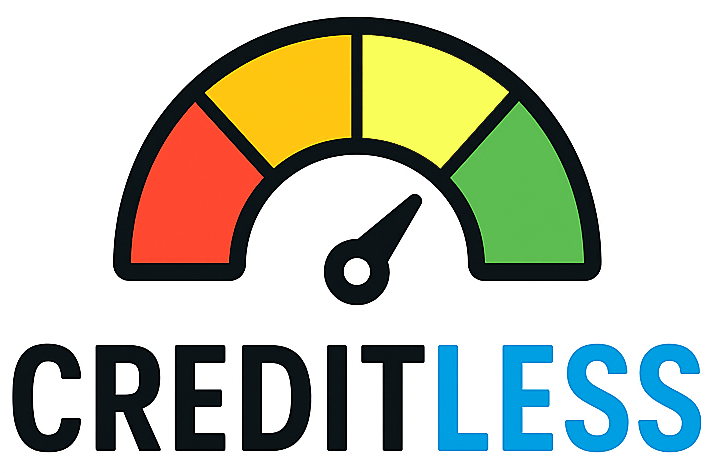Why reading your credit report matters — and how this guide helps
Your credit report is a detailed record of your credit history and a major factor lenders use when deciding whether to approve loans and at what interest rate. It doesn't usually include your credit score, but it feeds the scoring models that produce that number. Checking your report regularly helps you spot identity theft, incorrect listings, or old negative items that can drag your score down.
Get your official free reports from AnnualCreditReport.com — the federally authorized source for one free report from each major bureau once every 12 months (you can request them separately to spread checks through the year).
Reading the report: the sections you’ll see (and what each means)
Credit reports from Equifax, Experian and TransUnion are organized the same way in broad strokes. When you open a report, check these sections closely:
- Personal information: Name, current and past addresses, phone numbers and employer information. This section helps identify you — errors here can make verification harder.
- Account (trade line) details: Lists credit cards, loans and lines of credit, with creditor names, account numbers (masked), account status, balance, credit limits, monthly payment and payment history. Look for accounts you don’t recognize or wrong balances and statuses.
- Public records and collections: Bankruptcies, tax liens, court judgments (if any), and accounts turned over to collection agencies. These items are often the most damaging and may remain for several years; bankruptcies can appear longer than other negatives.
- Credit inquiries: Lists companies that have requested your report. Hard inquiries (from applications for credit) can slightly lower scores; soft inquiries (prequalification checks, your own checks) do not affect scores.
- Dispute statements or consumer statements: If you’ve disputed an item and it remains unresolved, your statement of dispute may appear here.
The Consumer Financial Protection Bureau explains the basics of what to look for and why it matters; use that guidance when deciding whether an item is an error or simply negative-but-accurate information.
Found a mistake? How to dispute — step by step
If you find inaccurate or incomplete information, you have the right to dispute it. Follow these practical steps:
- Gather evidence: Copies of statements, payment records, billing statements, or identity‑theft reports that support your claim.
- File the dispute with each credit bureau that lists the error: You can file online, by phone, or by mail — include a clear description, the report copy with the error circled, and copies (not originals) of supporting documents. The bureaus must investigate most disputes and usually have 30 days to respond.
- Also contact the creditor or business that reported the information: Tell them you’re disputing their report to the bureau and send the same supporting documents. If the data furnisher corrects an item, it must notify the consumer reporting agencies to update your file.
- Keep records: Send mail by certified mail when possible and keep copies of everything. If the investigation changes your report, the bureau must provide a free copy of your report showing the correction and — if you request — notify anyone who received your report in the prior six months (two years for employment reports).
If the bureau’s investigation doesn’t resolve the dispute to your satisfaction, you can add a short statement to your file describing the dispute, and you may also escalate to the Consumer Financial Protection Bureau or the Federal Trade Commission for guidance.
Protecting your report: freezes, fraud alerts and monitoring
If you suspect identity theft or want to limit new accounts in your name, consider these tools:
- Credit freeze: A freeze restricts access to your credit report so new credit applications are less likely to be approved fraudulently. It does not affect your credit score or your ability to use existing accounts. Freezes are placed by contacting each national bureau directly and remain until you lift them.
- Fraud alert: A fraud alert tells businesses to take extra steps to verify identity before opening new accounts. You can place an initial alert for one year or an extended alert for identity-theft victims (longer duration).
- Regular monitoring: Ask for your free reports at AnnualCreditReport.com and consider spacing requests through the year so you can watch for changes. Some paid services add daily monitoring and identity‑theft remediation; weigh cost versus benefit for your situation.
Quick note on how long negative information stays: accurate negative information (late payments, collections) typically remains on file for up to seven years; bankruptcies can remain longer. That doesn’t mean scores can’t improve earlier — timely payments and responsible use help recovery.
Bottom line: Make it a short habit: pull your reports at least once a year (or stagger them), scan for unfamiliar accounts and incorrect statuses, correct errors promptly, and use freezes or alerts if you suspect fraud. Small, regular checks can prevent big surprises when you apply for a mortgage, auto loan or job.
